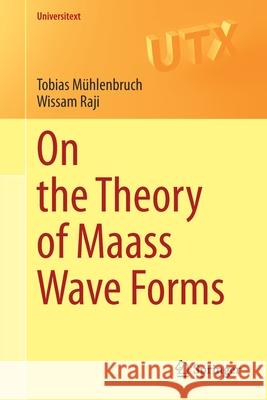On the Theory of Maass Wave Forms » książka
topmenu
On the Theory of Maass Wave Forms
ISBN-13: 9783030404772 / Angielski / Miękka / 2020 / 509 str.
Kategorie:
Kategorie BISAC:
Wydawca:
Springer
Seria wydawnicza:
Język:
Angielski
ISBN-13:
9783030404772
Rok wydania:
2020
Wydanie:
2020
Numer serii:
000024642
Ilość stron:
509
Waga:
0.74 kg
Wymiary:
23.39 x 15.6 x 2.74
Oprawa:
Miękka
Wolumenów:
01
Dodatkowe informacje:
Wydanie ilustrowane











